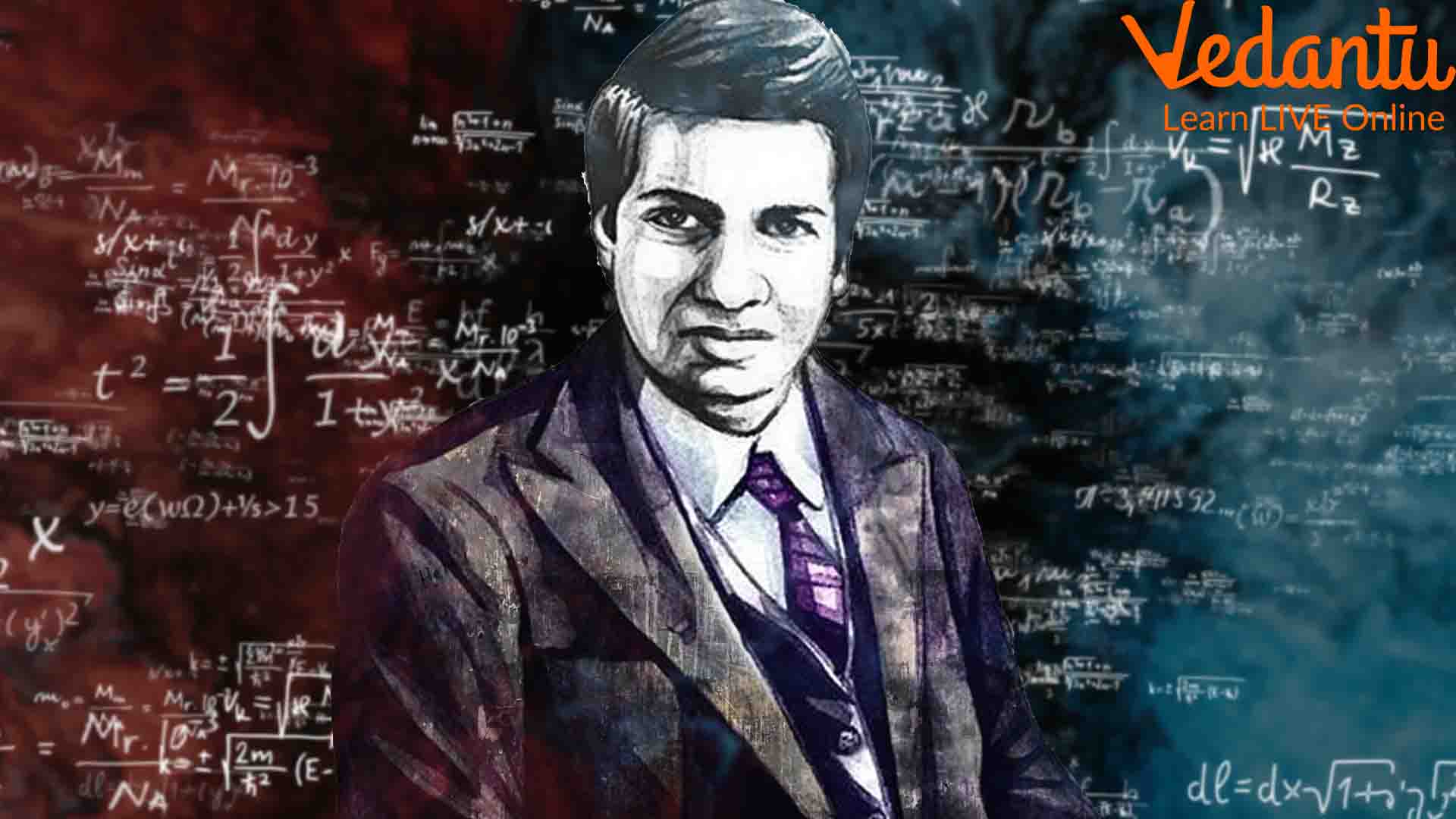Ramanujan and His Mathematics Puzzles to Commemorate His Intelligence
Introduction
Srinivas Ramanujan is considered to be one of the prodigious mathematicians the world has witnessed. His ingenious mind was capable of finding excellent patterns in mathematical numbers even on his deathbed. 1729 is considered the Ramanujan number with a distinct pattern. His genius mind still baffles admirers across the world.
In this article, we will discuss who he was and a few mathematical puzzles he solved within the blink of an eye. The answers to Ramanujan number puzzles were ingenious and outstanding. It baffled his colleagues, his mentor, and the entire world.
Who was Srinivas Ramanujan?
Srinivas Ramanujan, the famous Indian mathematician, was born on 22nd December 1887. His father was a clerk in a saree shop and his mother was a housewife. Little did they know that their child will be a prodigy that the whole world will worship someday.
To our surprise, his early education was not responsible for his mathematical prowess. His love for mathematics began at a young age and most of his skills were self-taught. He won a lot of academic prizes at school in mathematics but was unable to excel in other subjects.
Due to this reason, he had to drop out of college but continued collecting mathematical theorems, principles, and anecdotes to develop his concepts. He finally reaches his breakthrough by sending his discoveries to international mathematicians. The anecdotal history of Ramanujan explains what a remarkable mathematician he was.
His Breakthrough in Mathematics
Now that we know about Ramanujan, let us find out more about his breakthrough in mathematics. He was appointed a clerk in the Madras Port Trust Office. Here, S N Aiyar, his manager, suggested sending his genius mathematical discoveries to G H Hardy. In 1912, he sent 120 of his theorems to the Cambridge mathematician.
Hardy, along with J.E.Littlewood, another professor at Cambridge University, analysed all the theorems he sent. They could not believe how Ramanujan mathematics was so original and full of insights. At his tender age, he managed to solve so many mathematical puzzles that the world does not even know of. His non-traditional methods of learning show how intelligent he was.
There he met a contemporary Indian mathematician named PC Mahalanobis. He was the one to establish the Indian Statistical Institute and was also a member of the first Indian Planning Commission. According to Robert Kanigel’s biography of Ramanujan named ‘The Man Who Knew Infinity’, Mahalanobis told him about a mathematical puzzle published in Strand, a famous British monthly magazine.

Srinivas Ramanujan, The Man Who Knew Infinity
The puzzle describes that a friend lives in a street with houses numbered 1 onwards. There are more than 50 houses. What will be the number of the friend’s house if the sums of all the houses on the other side will be equal to each other? Ramanujan solved it without using paper while he was making tea.
Even though Mahalanobis had an answer ready, he said that it is not the only answer. He said that there are infinite such sets that define this puzzle and can be the answer. Mahalanobis had the answer of 289 houses ready and the friend’s house number was 204. Ramanujan, on the other hand, expressed that there are multiple answers in the following ways.
Ramanujan’s answer to Strand puzzle given by Mahalanobis
He explained that adding numbers before 6 and after 6 will give the same answer. It is all the same for the numbers displayed in the table above. This is a brilliant maths day puzzle we solve to commemorate the genius of Ramanujan.
The Hardy Ramanujan Number
An incident happened when Ramanujan was not well. His health was continuously deteriorating. When he was on his deathbed, his mentor Hardy came to see him. He looked disappointed when he explained that the cab he took had a number plate of 1729.
Ramanujan did not take time even on his deathbed to explain that it is not a dull number at all. It is the mathematical expression of the sum of two different cubes. In fact, it is the smallest sum of two different sums of cubes of different numbers.
1729 = 12³ + 1³ = 10³ + 9³
Hardy was taken by surprise. His ill condition did not cloud his genius mind to make such deductions. This is what Ramanujan number is called.
Science and Maths Quotes by Ramanujan
An equation is nothing to me unless it expresses a thought of God.
While asleep, I had an unusual experience. There was a red screen formed by flowing blood, as it were. I was observing it. Suddenly a hand began to write on the screen. I became all attention. That hand wrote a number of elliptic integrals. They stuck to my mind. As soon as I woke up, I committed them to writing.
The last quote explains how he dreamed of mathematics. There is no doubt that he was a prodigy that gave us elliptical integrals, the Riemann Series, zeta function equations, and his theory of divergent series. He lived for 32 years but gave us a plethora of nearly 4000 mathematical theorems that modern mathematicians use to research.
The Genius and His Way of Life
Even though Ramanujan failed in different subjects and had to drop out of college, he still managed to fulfil his dream to study mathematics on his own. His life inspires us in many ways. His way of following his dream is an encouragement to all academicians. His unconventional story teaches us how a genius can come from any background and amaze the whole world.







